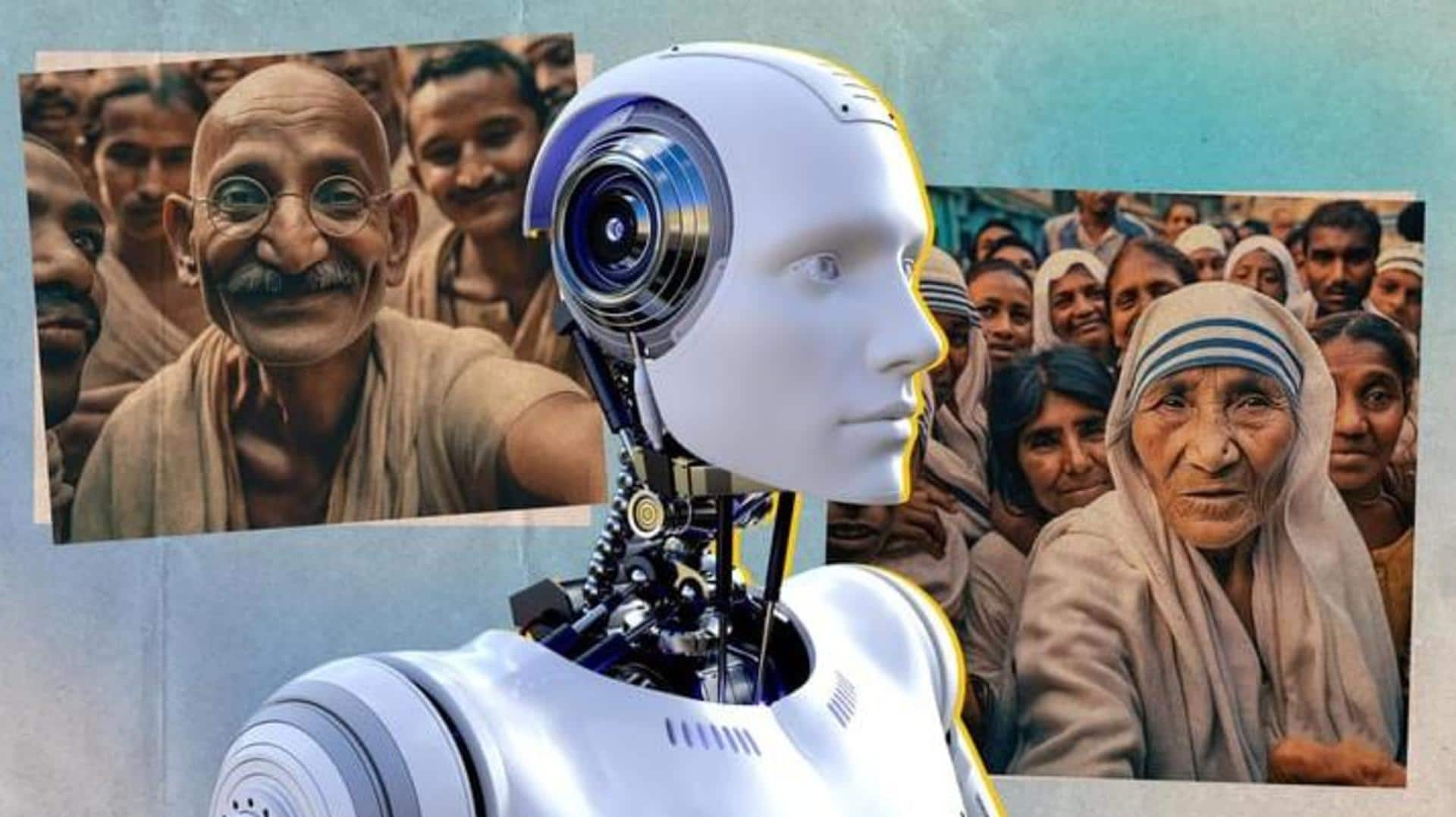
Midjourney 5.1 is AI art's future but concerns remain
What's the story
Earlier this year, a hyper-realistic image of Pope Francis sauntering in a Balenciaga puffer jacket went viral. To a lot of people's surprise, the image was fake.
It was AI-generated. To be specific, it was created using the AI art generator Midjourney.
The latest version of the AI service, Midjourney 5.1, has been released. It promises better pictures, but what about the concerns?
Context
Why does this story matter?
ChatGPT's advent and consequent popularity have made text-to-text AI the poster child of the AI revolution. We shouldn't, however, forget that AI can also put the Holy Father in designer clothes.
Text-to-image AIs like Midjourney, Stable Diffusion, and DALL-E are good enough to put real-life photographs to shame.
With these tools consistently improving, we must ask how they would affect social discourse.
Midjourney
Latest version of Midjourney is more opinionated
The latest Midjounrey 5.1 is more opinionated than previous versions, which means even short prompts can generate images.
For those who like the Midjourney 5's unopinionated style, there is a 'RAW' mode.
According to the company, other improvements include enhanced coherence, better accuracy to prompts, less number of borders or text artifacts, and sharper image quality.
Default
Midjourney plans to change the default version
Version 4 is currently Midjourney's default version. The company plans to replace it with version 5.1.
Midjourney has also introduced 'AI moderation.' Unlike the word blocking used in the previous version and older models, AI moderation can understand words in context and detect violations.
If there is a violation, a user can object. The objection will be evaluated by another powerful AI system.
Better or not
Is Midjourney 5.1 better than version 5?
With the latest version of Midjourney, the company is opening the doors to the next generation of AI art. Midjourney 5.1 is capable of creating more natural-looking pictures.
It also offers better dynamic compositions and shows a better usage of colors than Midjourney 5. Images created by Midjourney 5.1 can look like they were taken by a professional photographer.
Real or fake
It has become difficult to differentiate between real and fake
We started by talking about an AI-generated image of Pope Francis. Although we know it's fake, many thought it was real.
That wasn't even the worst of the confusion created by an AI-generated image. Many assumed pictures of Donald Trump getting arrested were real.
The consistently improving quality of AI-generated images has made it difficult to tell fake from real.
Issue
Spreading disinformation is quite easy nowadays
We live in a world where information can spread like wildfire. The interconnected web of social media accounts has made it very easy to share information.
This has also resulted in the rise of disinformation. The veracity of information is way down the pecking order now.
Likes, shares, and retweets, among others, are more important now.
Plausibility
Plausibility of an image coupled with quality makes it believable
The hyper-realistic nature of AI-generated images makes it easy to spread disinformation. The plausibility of an image is enough to make the general public believe.
The lack of context makes it even harder to discern AI images. Midjourney 5.1's capabilities to create better images than its predecessors or rivals will be tested against these issues.
Cues
Telltale properties of AI images would slowly disappear
It should be noted that we are yet to come up with a robust solution to deal with fake AI art aimed at fooling people.
Some cues and properties help distinguish an AI-generated image from a real one. One of the biggest telltales is the hands of people in AI images. Midjourney has been slowly perfecting that.
Similarly, other imperfections would disappear too.